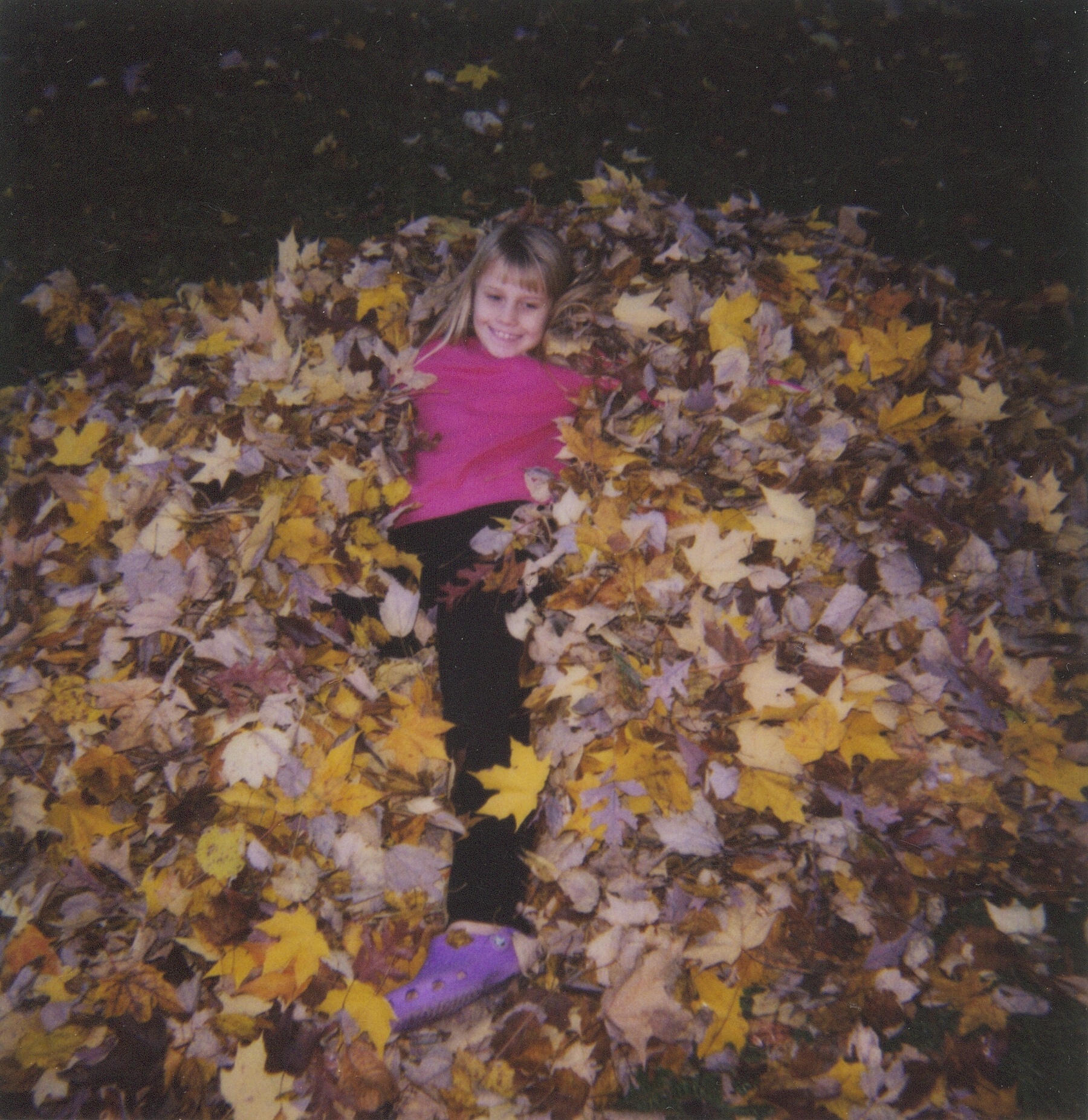I just returned from a short trip to Great Smoky Mountains National Park, which straddles the North Carolina – Tennessee border. Septembers in this part of the country are generally mild, and the Smokies are still carpeted with vibrant green leaves. But when we hiked to the summit of Mt. LeConte (6,593 feet) on our last full day in the park, we found random bursts of fiery reds and golds. Where the mountains reached for the sky, the leaves were just beginning to burn, and nature promised the arrival of another season.
As I paused to take in the endless views at the summit and along the trail, I felt the deep sense of appreciation I always get for the gift of sight – something my little sister, Taylor, no longer has. I remembered a fall day on which she jumped into Dad’s piles of leaves with unbridled joy. A day in another lifetime.
I also thought about how, as one season ended and another began on that mountain, so began another season of unknowns back home in Charlotte for my sister and our family. Since Taylor’s Batten disease diagnosis, every year has presented its own set of challenges. More than six years have passed since the diagnosis; now, each month is Pandora’s box. As time goes on, Batten disease grows stronger, and we can no longer take years, months, weeks or even days for granted.
A deciduous tree loses its leaves each autumn. Often, this is a beautiful process. The tree becomes an artist’s palette of orange, crimson or gold. Soon, the transformed leaves fall to the ground – sometimes in chunks, other times alone, until the branches are bare. In the spring, the tree is reborn, and the process begins again.
I have watched the leaves fall from Taylor’s stunningly beautiful tree since before I first heard of Batten disease. But unlike the trees atop that mountain I hiked or the ones here at home, my sister will not get any new leaves.

